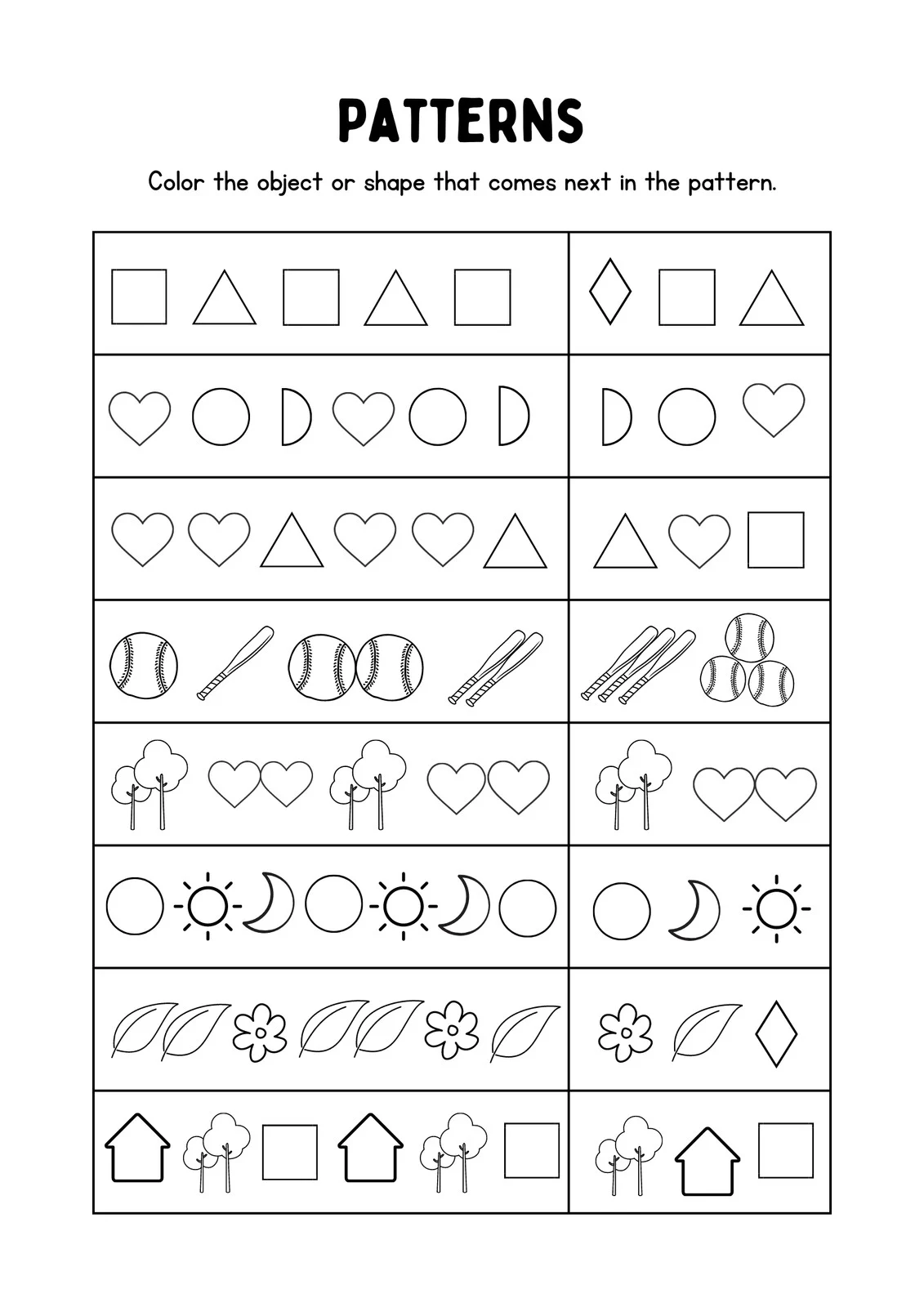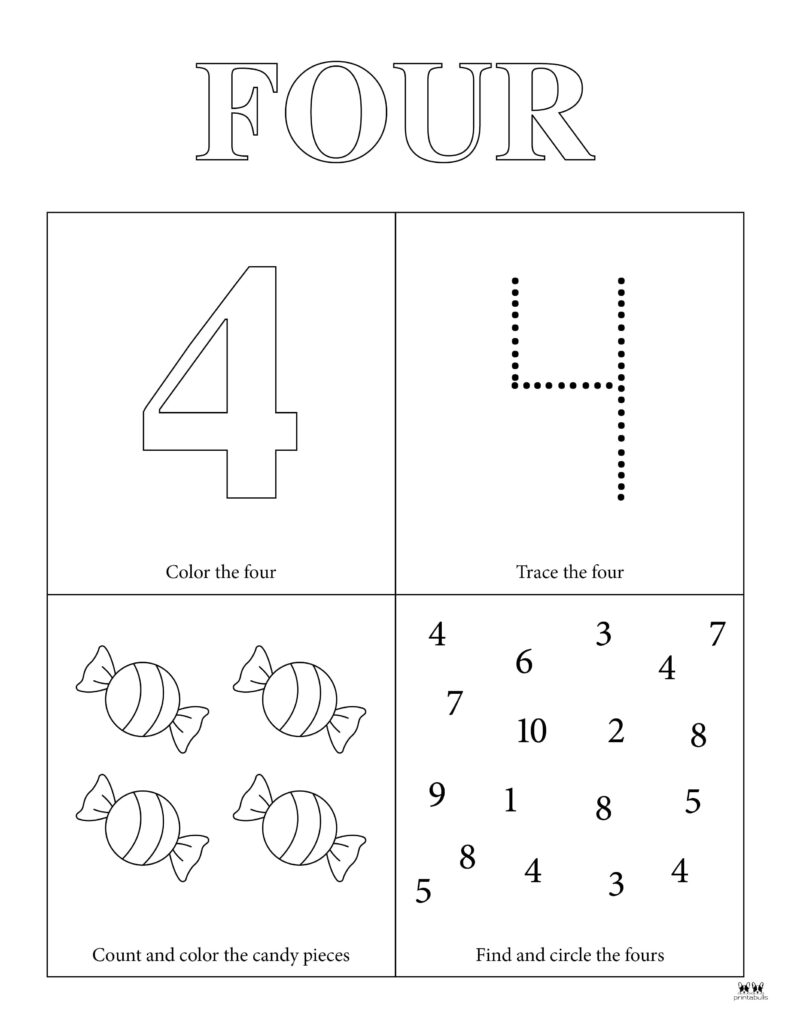In today’s fast-paced world, managing our time effectively is more important than ever. A printable weekly planner can be a game-changer, helping you organize tasks, appointments, and personal commitments in a way that works for you. Whether you’re a busy professional, a student juggling classes, or a parent balancing family responsibilities, a planner can simplify your life and increase your productivity. In this article, we’ll explore the benefits of using a weekly planner, how to create one that suits your needs, and tips for maximizing its effectiveness.

Why Use a Weekly Planner?
-
Enhanced Organization: A weekly planner allows you to see your entire week at a glance. This holistic view helps you allocate time efficiently, ensuring that you don’t overlook important tasks or appointments.
-
Increased Productivity: By writing down your tasks and priorities, you create a clear roadmap for your week. This can help you stay focused and accomplish more in less time.
-
Stress Reduction: Having a plan in place can alleviate anxiety about forgetting tasks or missing deadlines. A planner gives you a sense of control over your time and responsibilities.
-
Goal Setting: A weekly planner provides a space for setting and tracking your goals. Whether they’re short-term or long-term, writing down your objectives helps keep you accountable.
-
Improved Work-Life Balance: With a planner, you can intentionally schedule time for both work and leisure. This balance is crucial for maintaining your well-being.
Creating Your Printable Weekly Planner
Creating a weekly planner that suits your needs is easy. You can either design your own or download a template online. Here’s a step-by-step guide on how to create an effective weekly planner:
Step 1: Choose Your Format
Decide whether you want a digital or physical planner. If you prefer a physical planner, you can use templates available for download. For a digital version, consider using spreadsheet software or note-taking apps.
Step 2: Design Your Layout
If you’re designing your own planner, think about the layout. Common formats include:
- Column Layout: Each day of the week is a column, allowing you to jot down tasks and appointments.
- Grid Format: A grid layout allows for a more visual representation, with squares for each day where you can write tasks and notes.
- List Format: A simple list can be effective for those who prefer a straightforward approach.
Step 3: Include Key Sections
A comprehensive weekly planner should include the following sections:
- Week Overview: A space for you to jot down important tasks or events for the week.
- Daily Sections: Break down each day with designated spaces for appointments, tasks, and notes.
- Goals Section: A dedicated area for setting weekly goals and reflecting on them.
- To-Do List: A checklist for tasks that need to be completed during the week.
Step 4: Personalize It
Add personal touches to your planner. Consider incorporating motivational quotes, color coding for different types of tasks, or stickers to make it visually appealing.
Step 5: Print It Out
Once you’re satisfied with your design, print it out. If you’re using a digital version, you can print it on regular paper or invest in some high-quality paper for a more professional look.
Tips for Effective Weekly Planning
Now that you have your printable weekly planner ready, here are some tips to maximize its effectiveness:
-
Set Aside Planning Time: Dedicate a specific time each week to plan. Sunday evening or Monday morning are popular times for many people. This time allows you to reflect on the past week and set intentions for the upcoming one.
-
Prioritize Tasks: Not all tasks are created equal. Use a system (like the Eisenhower Matrix) to categorize tasks based on urgency and importance. Focus on high-priority tasks first to make the most impact.
-
Be Realistic: When planning your week, be realistic about what you can accomplish. Avoid overloading your planner to prevent feeling overwhelmed.
-
Incorporate Breaks: Schedule breaks and downtime to recharge. This is essential for maintaining productivity and avoiding burnout.
-
Review and Adjust: At the end of the week, take a few minutes to review what you accomplished. Reflect on what worked well and what didn’t, and adjust your planning strategy accordingly.
-
Stay Flexible: Life can be unpredictable, so be prepared to adapt your plans as needed. If something urgent comes up, don’t hesitate to rearrange your tasks.
-
Celebrate Achievements: Take time to acknowledge your accomplishments, no matter how small. Celebrating your wins can motivate you to continue working towards your goals.
Utilizing Technology in Your Planning
While a printable planner is excellent for many, you may also want to consider digital alternatives. Tools like Google Calendar, Trello, or Notion offer flexible options for organizing your time. Here’s how to integrate technology into your planning:
- Sync Across Devices: Digital planners can sync across multiple devices, ensuring you have access to your schedule anywhere.
- Set Reminders: Use reminder features to alert you about upcoming tasks and appointments.
- Collaborate: Many digital tools allow for collaboration, making it easy to share schedules with family or team members.
Printable Planner Resources
If you’re looking for printable planner templates, there are numerous resources available online. Websites like Canva, Etsy, and Pinterest offer a wide variety of designs, from minimalist to colorful and artistic options. Choose one that resonates with your personal style!
Conclusion
A printable weekly planner is a valuable tool for anyone looking to improve their time management skills. By providing a structured approach to planning your week, it enhances organization, productivity, and overall well-being. Whether you choose to create your own or download a ready-made template, incorporating a planner into your routine can lead to a more fulfilling and balanced life.
Start planning your week today, and experience the difference a well-organized schedule can make!



